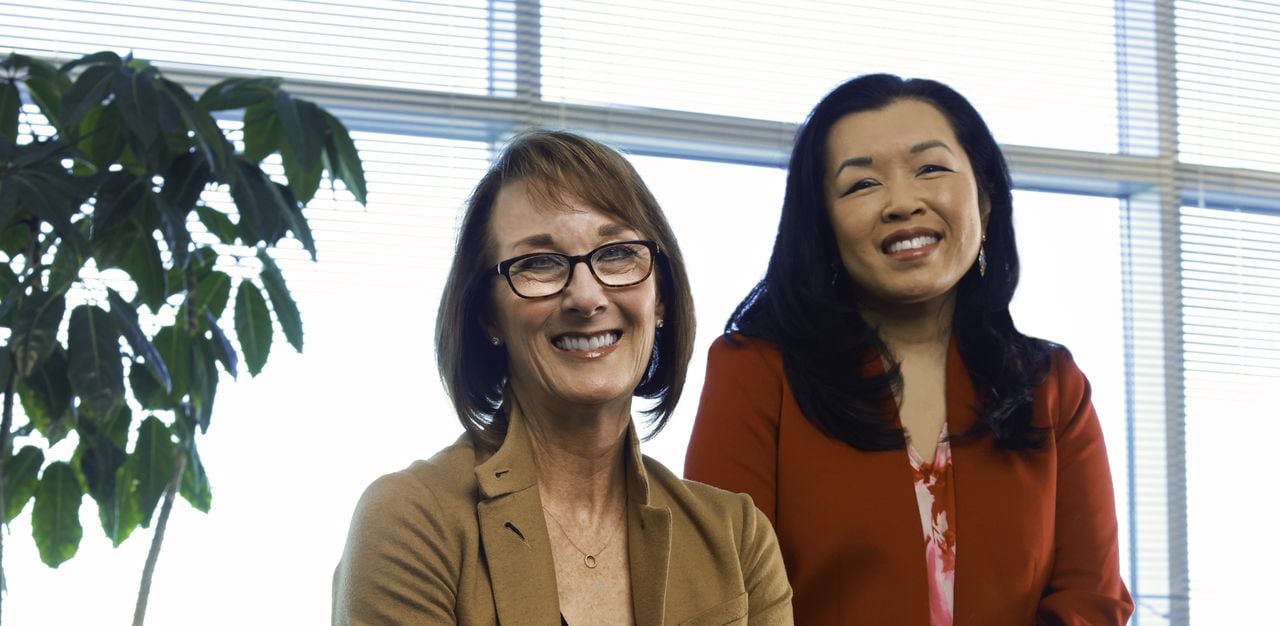CLEVELAND — Food takes on outsized importance in American culture, from the countless cookbooks published each year and the ubiquitous food blogs proliferating online to the great new restaurants that seem to crop up daily. Just this week, millions of Americans are making final preparations for their Thanksgiving feasts, putting their own special spin on cranberry sauce or cornbread stuffing.
In the midst of this intense focus on food, however, it’s easy to lose sight of one of its most fundamental qualities – its power to heal. But it’s a power that can no longer be denied. At University Hospitals, we’re embracing this fact with a focus on food insecurity. And we’re finding that when we address this critical issue in neighborhoods with greatest need, better health outcomes among the people there follow.
But let’s back up a bit. Since October 2018, we at University Hospitals have distributed more than 457,000 pounds of healthy food to nearly 8,000 people visiting our expanding number of UH Food for Life Markets™, which now number five. People qualify to visit the market for a free week’s worth of healthy groceries and a meeting with a registered dietitian by saying “yes” or “no” to two simple statements about food insecurity they’ve experienced over the past year. They can continue to come to our markets and get a week’s worth of food for up to a family of four, every month for six months. Over the last six years, people have been referred to a UH Food for Life Market by UH primary care providers, emergency room personnel and everyone in between, from 16 counties across Northeast Ohio.
But the patients are the real story. Our data show that those coming to our UH Food for Life Markets have higher rates of high blood pressure, high cholesterol, diabetes and overweight/obesity, making adopting a healthy diet even more critical. And to that end, the intervention is working. Our data also show that people who were referred to UH Food for Life Markets lowered their blood pressure and pregnant women gained less excess weight. At the same time, people with chronic kidney conditions reduced their sodium levels and people with diabetes improved their A1C scores.
Take high blood pressure as just one example. People who worked with a UH Food for Life Market for six months or more lowered their blood pressure by an average of five points — a measurable difference with real impact.

University Hospitals executives Heidi Gartland, left, and Celina Cunanan are key officials behind the UH Food for Life initiative that’s found that healthy food can also enhance patients’ health as well as reduce food insecurity.University Hospitals Cleveland
These kinds of results are heartening, validating our decision to get into the “food-as-medicine” business with Food for Life Markets five years ago. It’s no exaggeration to say that we were ahead of the curve in this regard, but we’re by no means the only one. In the past couple of weeks, a study of a healthy food boxes delivered to participants in California found improvements in people’s health status similar to what we’ve found here in Cleveland. Earlier in the summer, a study of a healthy food delivery program in North Carolina found improvements in food insecurity.
It’s imperative that all this research continue – ours included. The next hurdle on the horizon is securing insurance coverage for “food-as-medicine” programs like our UH Food for Life Markets and others. It’s going to take all of us who believe so strongly in this movement, continuing to deliver for our customers – our patients — and documenting our progress, to achieve this lofty goal. Our case is strong. A healthy diet is a fundamental aspect of a healthy life, full stop. Through UH Food for Life, we’re committed to making it accessible for all – and helping generate healthier outcomes for all.
Celina Cunanan, the chief diversity, equity and belonging officer at University Hospitals (UH), holds a master’s of science degree in nursing and is an advanced practice registered nurse and certified nurse midwife. Heidi Gartland is the UH chief government affairs and community relations officer. She holds a master’s in health care administration and is a Fellow of the American College of Healthcare Executives.
Have something to say about this topic?
* Send a letter to the editor, which will be considered for print publication.
* Email general questions about our editorial board or comments or corrections on this opinion column to Elizabeth Sullivan, director of opinion, at [email protected]
